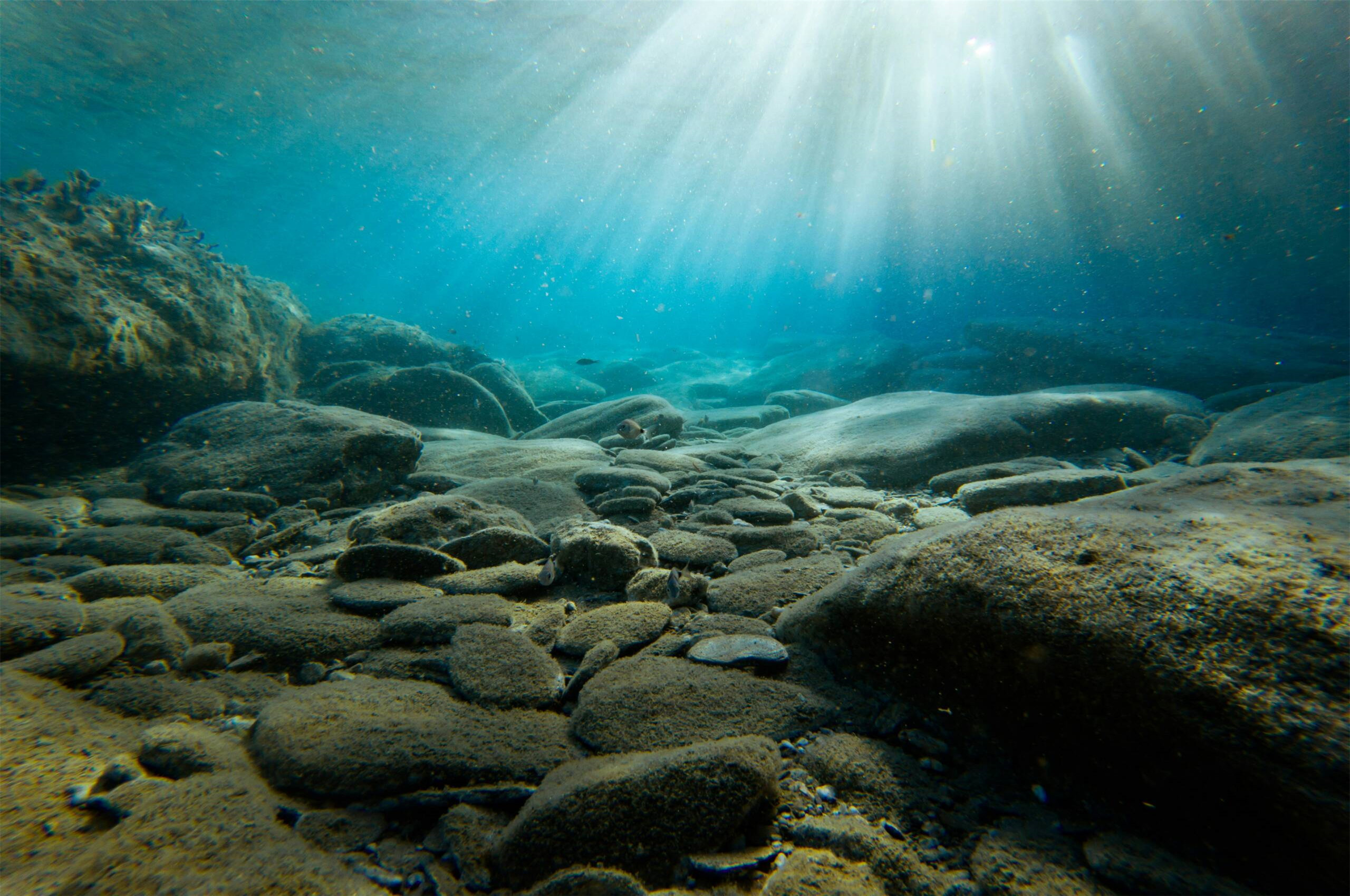Introduction to Underwater Thrusters
An underwater thruster is a device that propels a vehicle or object through water. It is commonly used in various applications, including underwater robotics, remotely operated vehicles (ROVs), and underwater propulsion systems. The thruster works by creating a flow of water in one direction, which generates a force that propels the vehicle or object in the opposite direction.
Types of Underwater Thrusters
There are several types of underwater thrusters available, each with its own unique design and functionality. Some common types include:
- Propeller Thrusters: These thrusters use a rotating propeller to create thrust. They are efficient and provide good maneuverability.
- Waterjet Thrusters: Waterjet thrusters use high-pressure water jets to generate thrust. They are often used in high-speed applications.
- Tunnel Thrusters: Tunnel thrusters are mounted in tunnels on the sides of a vessel and provide additional maneuverability.
- Rim Driven Thrusters: Rim driven thrusters have the propeller mounted on the outer rim, eliminating the need for a central shaft.
Applications of Underwater Thrusters
Underwater thrusters have a wide range of applications in various industries. Some common uses include:
- Underwater Exploration: Thrusters are used in ROVs and underwater drones for scientific research, marine exploration, and underwater photography.
- Underwater Maintenance: Thrusters are used to maneuver and position underwater equipment for maintenance and repair purposes.
- Marine Transportation: Thrusters are used in ships and submarines for propulsion and maneuverability.
- Aquaculture: Thrusters are used in fish farming operations for water circulation and maintaining optimal conditions for aquatic life.
Overall, underwater thrusters play a crucial role in various underwater applications, providing propulsion, maneuverability, and control. Their design and functionality continue to evolve, enabling advancements in underwater technology and exploration.

